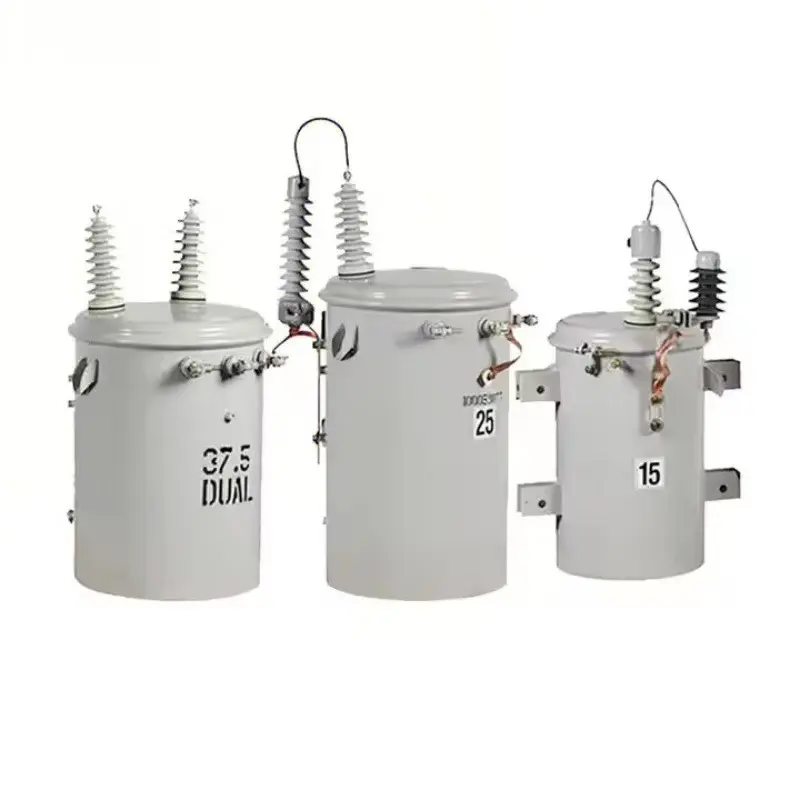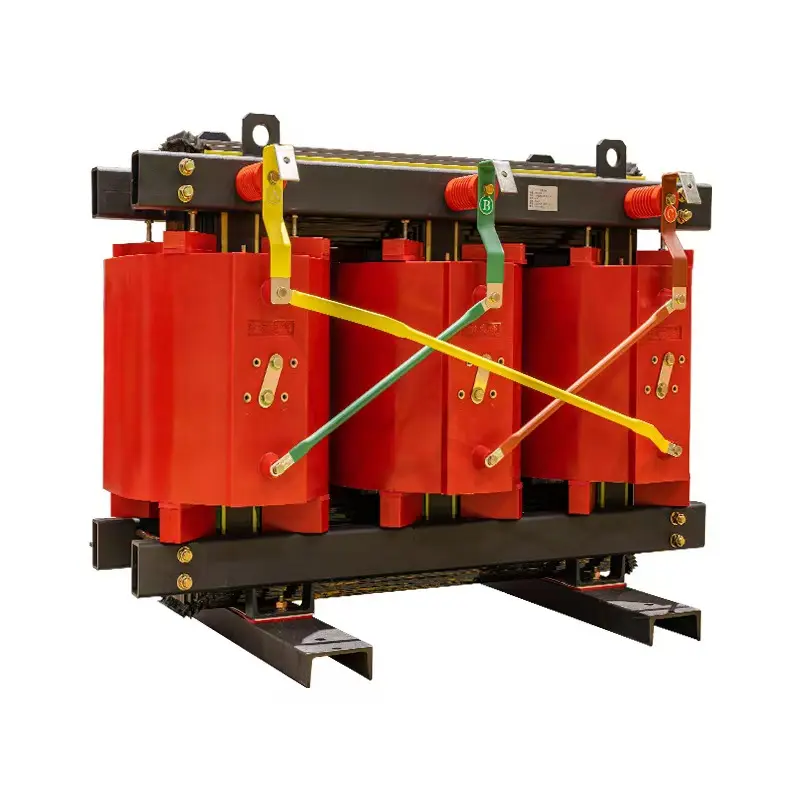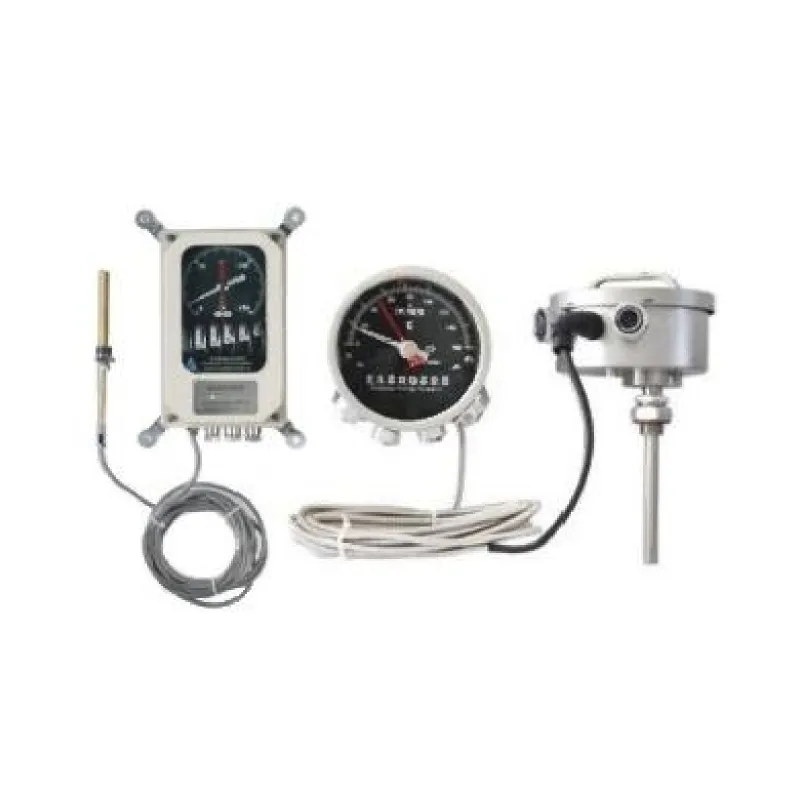distribution transformer and power transformer
Distribution transformers and power transformers are essential components in electrical power systems, serving distinct yet complementary roles in the power distribution network. Power transformers, typically operating at high voltages above 33kV, are large units found in generating stations and transmission substations, facilitating the bulk transfer of electrical power across long distances. They efficiently convert voltage levels between generation, transmission, and sub-transmission systems, maintaining power quality and system stability. Distribution transformers, operating at lower voltages below 33kV, are more compact units that serve as the final voltage transformation point before electricity reaches end users. These transformers step down higher distribution voltages to levels suitable for commercial, industrial, and residential applications, typically 400/230V. Both types feature advanced cooling systems, tap changers for voltage regulation, and protective mechanisms against electrical faults. They incorporate sophisticated insulation systems, utilizing oil or dry-type designs depending on the application environment. Modern units often include smart monitoring capabilities for real-time performance tracking and predictive maintenance, ensuring optimal operation and extended service life.


